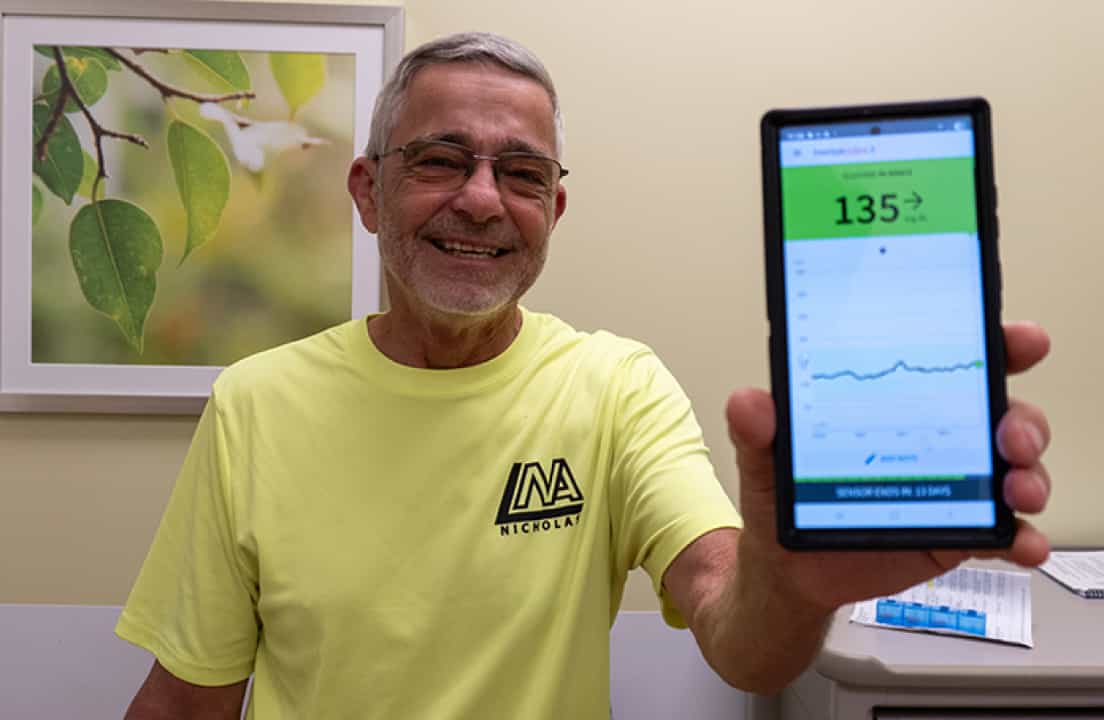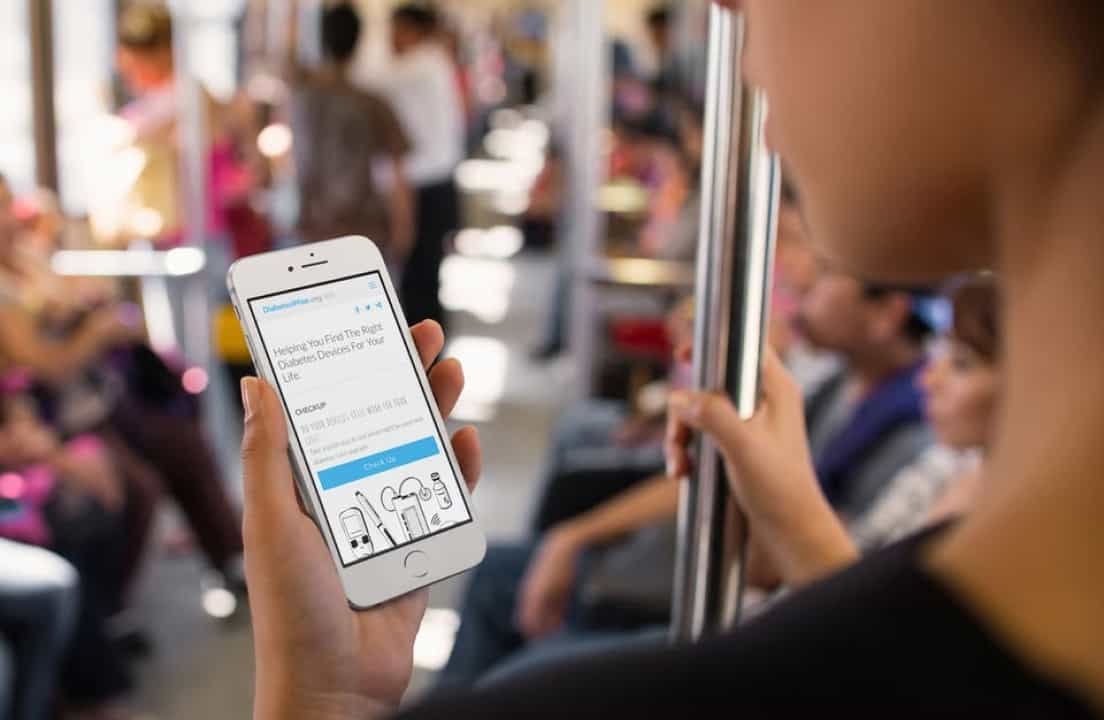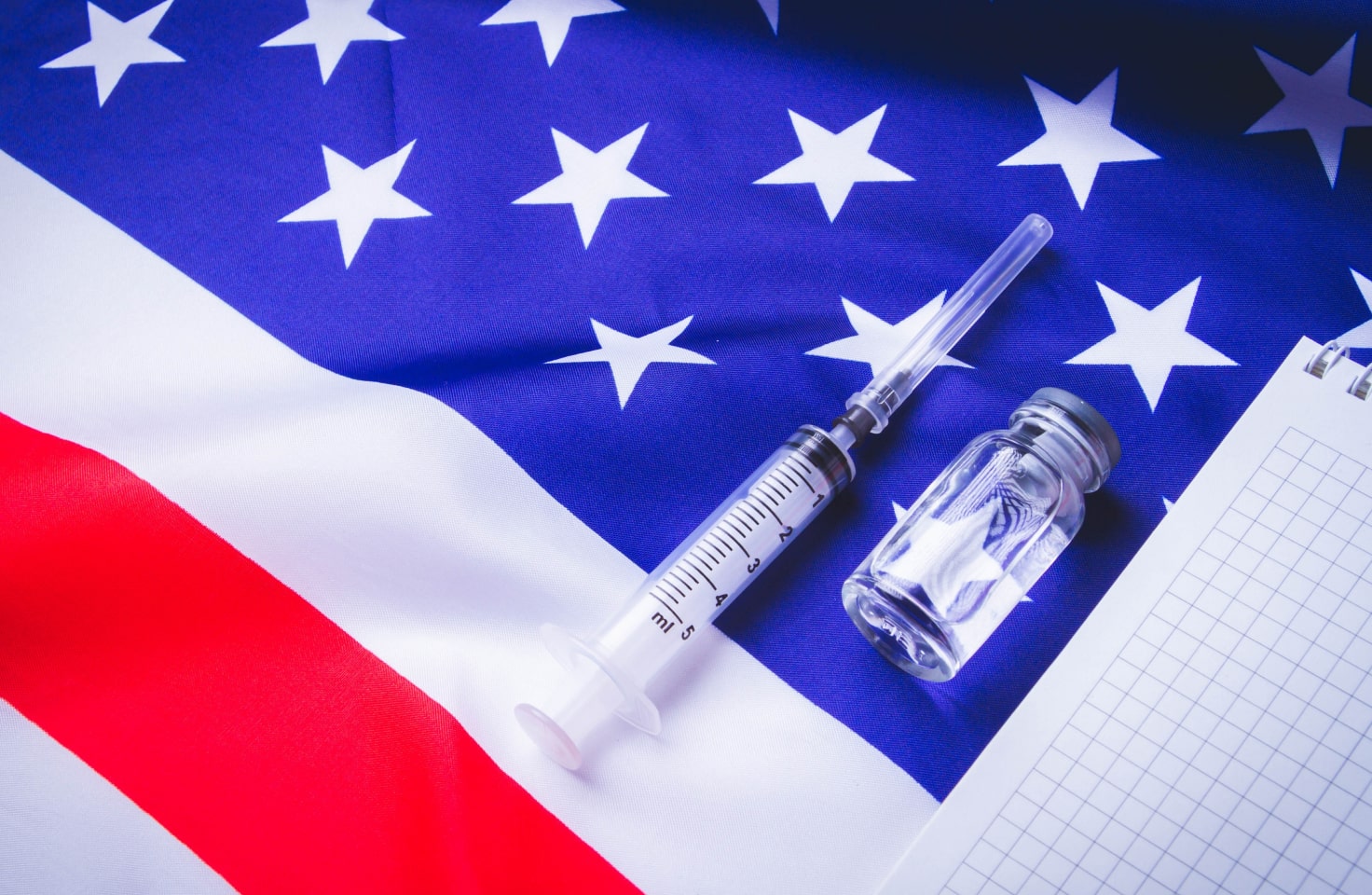T1D Guide
T1D Strong News
Personal Stories
Resources
T1D Misdiagnosis
T1D Early Detection
Research/Clinical Trials
5 Best Continuous Glucose Monitors for 2025: Most Accurate Devices Reviewed and Compared
Continuous glucose monitors (CGMs) are wearable devices that provide real-time blood sugar readings without the need for fingersticks. By tracking glucose trends 24/7, CGMs help people with diabetes (type 1 and type 2) prevent dangerous highs and lows, improve A1c levels, and make smarter choices about food, exercise, and insulin dosing.

Editor’s Note: T1DStrong constantly updates articles to reflect new developments and resources for T1D individuals. See below the new advancement—Asensia's Eversense® 365. It’s the only CGM with a removable transmitter and requires a single warmup period every year.
If you’re newly diagnosed with type 1 diabetes (T1D), chances are that you’ve learned a great deal of diabetes-related tech terminology in a short window. Not only is the disease itself overwhelming, but now you must decide which blood glucose meter (BGM), insulin pen, insulin pump, or continuous glucose monitoring system to use.
Hopefully, you have an excellent physician and healthcare team to weigh all the options with you.
If you have the luxury of choosing a continuous glucose monitoring system, it provides a safety net against extremely low and high blood glucose levels.
What is a Continuous Glucose Monitor (CGM)?
CGMs are wearable diabetes tech used to help manage blood glucose levels. The small device has a sensor worn under the skin that sends a signal to a transmitter/smartphone that shows the results.
Individuals can attach the sensor to their arms or stomach, where it automatically estimates their blood sugar level. The tiny needle stays under the skin, and the lengths vary according to your monitor type.
This real-time facet of CGMs is impressive, with calculations improving since its inception. Most health insurance plans cover CGMs, but you need a prescription. The exception to this is Dexcom's new Stelo CGM, which can be purchased over-the-counter (OCT). Additionally, Abbott's Lingo is offered OTC for people 18 and older who don't use insulin. It's intended for wellness and metabolic health, rather than diabetes management.
Interesting Fact: The Centers for Medicaid and Medicare Services recently expanded coverage of CGMs to include all insulin-dependent people.
Here's T1D Strong's Quick List: Best CGMs for 2025
- Dexcom G7 – Best overall for accuracy and ease of use
- Abbott FreeStyle Libre 3 – Affordable and widely available
- Medtronic Guardian 4 – Best for insulin pump users
- Eversense 365 – First long-term implantable CGM (365 days)
- Dexcom Stelo – First over-the-counter CGM for type 2 diabetes

1. Dexcom G7
- Wear time: 15 days
- Accuracy: MARD 8.2% (adults), 8.1% (children)
- Best for: People who want a fast warm-up, small size, and smartwatch compatibility
The Dexcom G7, released in early 2023, has many updated features from the Dexcom G6 . Most notable is the size; the G7 is 60% smaller than the G6, with a more circular shape, similar to the Freestyle Libre. Being smaller, it’s more comfortable and less intrusive. The waterproof devise is widely regarded as the best overall because of its high accuracy, small size, fast warm-up time (30 minutes compared to the G6's two-hour), excellent app/smartwatch integration, and now extended wear (15 days) which improves convenience
Another benefit on the G7, in addition to the shorter warm up time is the G7 has a one-step application process, and the G6 has a two-step. he G7 provides increased accuracy, a 12-hour grace period to change the sensor when it expires after 15 days of usage.
Pro Tip: MARD (Mean Absolute Relative Difference) is the standard way to measure CGM accuracy. For example, the Dexcom G7 claims an 8.2% for adults and 8.1% for children, and the G6 has a MARD of 9% for adults inserted into the stomach. The smaller the MARD score, the closer the CGM readings are to the real glucose value, while a larger MARD score suggests more discrepancies. Most systems have an average MARD of 9-14%.

2. Abbott FreeStyle Libre 3
- Wear time: 14 days
- Accuracy: MARD ~8.9% (lower than Dexcom G7 in 2025 PubMed study)
- Best for: Affordability, people who want continuous real-time data without fingerstick calibration
The Abbott FreeStyle Libre 3 is a real-time CGM system, meaning it continuously sends glucose readings (every minute) to your smartphone via Bluetooth. Cleared by the FDA for users age four and older, the sensor lasts for up to 14 days and doesn’t require fingerstick calibration.
The device is thin and compact in size, comparable to the Dexcom G7. Abbott touts the FreeStyle Libre systems are “more affordable than other CGM systems,” even for those without insurance, noting that commercially insured patients usually pay $0–$75/month for sensors.
The device usage is only approved for the back of the arm, not the stomach. The FreeStyle Libre is compatible with both iOS and Android Phones, and the application is easy for both.
Interestingly, a 2025 study by PubMed compared the FreeStyle Libre with the Dexcom G7, with data from 55 adults were included in the analysis. Analysis showed significantly lower MARD with the FreeStyle Libre 3 sensor vs the Dexcom G7 sensor (8.9% vs 13.6%, respectively, P< .0001) with a higher percentage of glucose values within ±20 mg/dL/±20 of reference (91.4% vs 78.6%). The MARD values for both continuous glucose monitoring (CGM) sensors were similar during the first 12 hours; however, the FreeStyle Libre 3 MARD was notably lower than the Dexcom G7 MARD during the next 12 hours (10.0% vs 15.1%, respectively, P< .0001)
3. Medtronic Guardian™ 4
- Wear time: 7 days
- Accuracy: MARD ~9–10% (varies by study)
- Best for: People using Medtronic insulin pumps who want seamless integration
The Medtronic Guardian stands out for its calibration-free operation, seamless integration with Medtronic insulin pumps, and a consistently reliable 7-daywear time. While its sensor size is larger compared to some competitors, it offers reliable glucose monitoring for users seeking seamless integration with Medtronic’s insulin delivery systems.
While it is compatible with iOS and Androids using the Guardian Connect app, it does not work with other glucose monitoring apps.
Pro Tip: Most CGMs provide apps to allow friends, family, and caregivers to help monitor glucose levels.

4. Eversense® 365
- Wear time: 365 days (1 year, implantable)
- Accuracy: MARD 8.8%
- Best for: Adults seeking long-term wear, on-body vibration alerts, and fewer sensor changes
Ascensia Diabetes Care recently launched Eversense 365, a one-year implantable CGM for adults with diabetes. As the only CGM with a removable transmitter which can be easily taken on and off without wasting a CGM or adding a warmup period, Eversense® 365 requires a single warmup period every year.
Following the recent FDA approval, this new development is transforming diabetes management, as Eversense is now the World’s First One-Year CGM. One implanted sensor provides long-term, year-round usage versus 10-14 days of short-term CGM service. Eversense 365 reduces the burden of data interruption and sensor failures. Other benefits include more freedom, comfort, improved discretion, and on-body vibration alerts that notify patients even when their mobile phone is out of sight.

The Eversense 365 Continuous Glucose Monitoring system boasts an impressive (MARD) of 8.8%, indicating high accuracy in glucose measurements.
However, currently, the Eversense 365 is FDA-approved only for adults aged 18 and older. While the company has initiated clinical trials involving pediatric participants, the device is not yet approved for use in children.
Interesting Fact: People without diabetes with a history of hypoglycemia or individuals who simply want to control their diets are wearing CGMs.
5. Dexcom Stelo (OTC, Type 2 focused)
- Wear time: 15 days
- Accuracy: Built on G7 platform, similar performance (around 8–9% MARD)
- Best for: Adults with type 2 diabetes who are not insulin-dependent and want an over-the-counter CGM
Dexcom’s new Stelo is the first FDA-approved glucose biosensor designed for people living with type 2 diabetes (T2D), and the first OTC CGM available without a prescription. Stelo is built on the same Dexcom G7 platform, but it’s intended for a T2D audience and is manufactured with different software and a user experience tailored to this audience. Stelo users are typically individuals who aren’t insulin dependent. The G7 has alerts for low blood glucose levels for insulin users, while the Stelo sends phone alerts for glucose spikes.
The Stelo app focuses on real-time insights and glucose trends, while theG7 is laser-focused on low blood sugar alerts. The sensor warm-up/calibration period is approximately the same as the G7, with a 30-minute warm-up time.
Should I Get a CGM?
The recommendations for acquiring a continuous glucose monitor are increasingly favorable. The American Diabetes Association (ADA), Breakthrough T1D (formerly JDRF), the National Institutes of Health, and the Endocrine Society all say CGMs help individuals with type 1 and type 2 achieve their glycemic targets.
Doctors especially advocate CGMs for people with problematic hypoglycemia and hypoglycemic unawareness, which occurs when an individual doesn't feel a low blood glucose episode. Hypoglycemic unawareness affects about 40% of people with type 1 diabetes.
CGMs are considered a closed-loop system or artificial pancreas connecting to an insulin pump acting as the body's pancreas.
When choosing a CGM, you must consider many factors besides its unique bells and whistles: price, ease of use, connectivity, accuracy, and data management.
Bottom Line: CGMs are a Life-Saving Technology
If you are fortunate enough to try a CGM system, these AI-tracking devices are the future of diabetes care. Glucose meters and syringes may one day be a thing of the past. Just as smartphone apps and smart devices are a part of everyday life, diabetes technology is growing exponentially to the point where commercial insurance companies will be forced to cover most individuals.
The CGM sensors keep getting smaller, they provide excellent target range, and the devices make it easier for patients to participate in clinical trials. CGM systems allow T1D individuals increased wearability and reliability by adding the freedom to pursue intense physical activity and lengthy outdoor adventures.
CGMs allow T1Ds control over their condition with continuous feedback. If you want to participate in your diabetes care proactively and can afford one, CGMs stand out. They help you make informative decisions based on actual statistics and can be a game changer for improving your hemoglobin A1c level and overall health.


.webp)





.webp)
.jpg)
.jpeg)
.jpg)




.jpg)



.jpg)




.jpg)

.jpg)



.jpg)

.jpg)



.jpg)
.jpg)
.jpg)
.jpg)
.jpg)
.jpg)
.jpg)

.jpg)
.jpg)

.jpg)



.jpg)
.jpg)
.jpg)

.jpg)

.jpg)














.jpg)


.jpg)







.webp)











.webp)
























.webp)